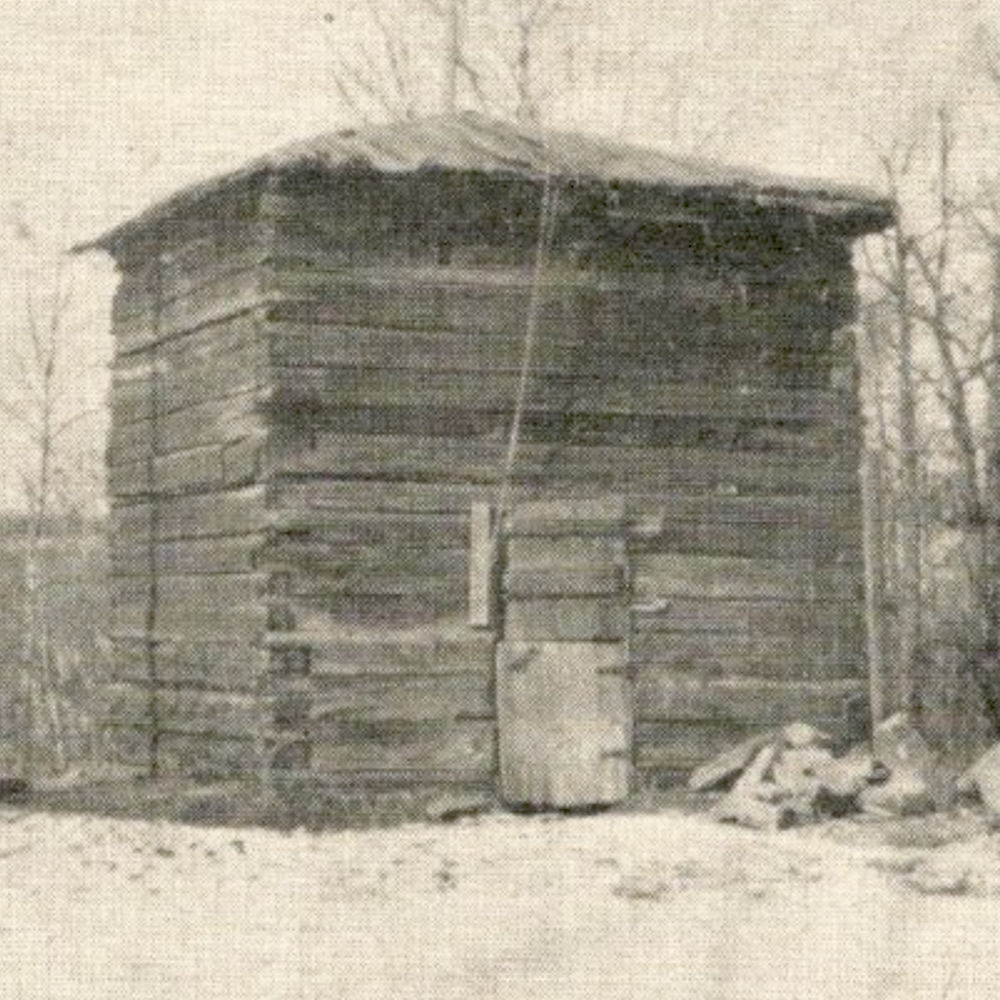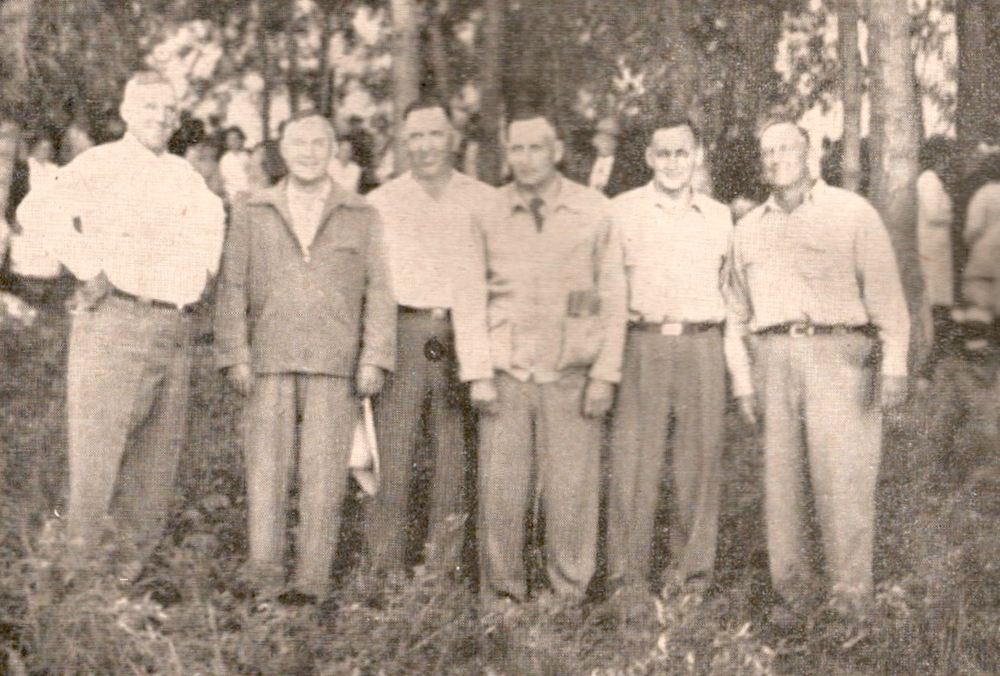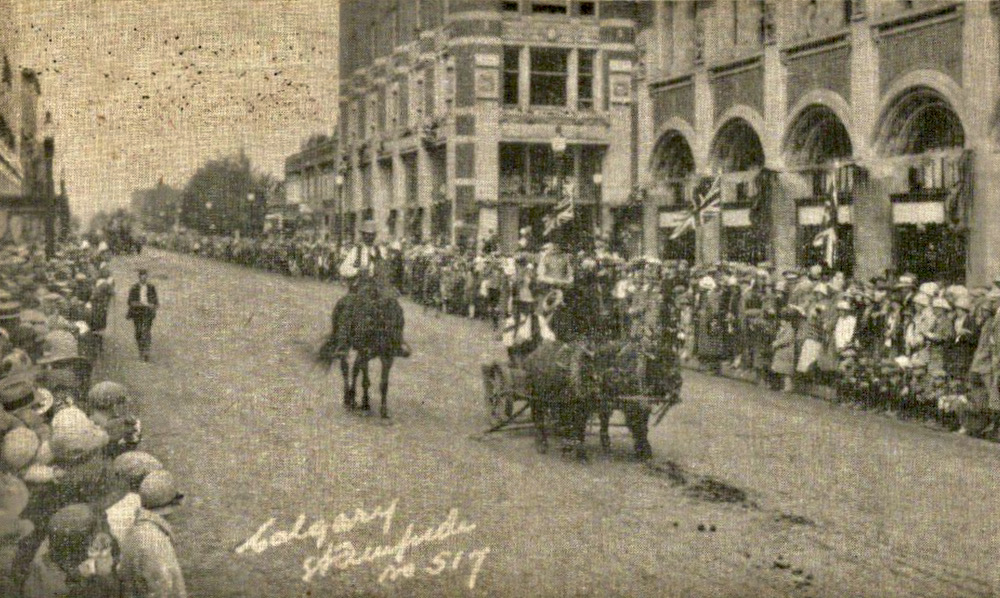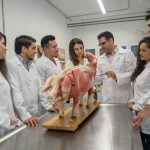Thomas J. Irwin, Speaker of the B.C. Legislature
By Miriam Green Ellis
One’s past has a queer way of backing up on a person. An hour or two after I had been one in the mob that crammed into the galleries to see the opening of the British Columbia Social Credit legislature, someone offered to introduce me to the new speaker. Of course, I would be glad to meet the speaker, who although new to the job had just gone through his part with no stumbles. Before the introduction could be made, Speaker Irwin took a step forward to say he had known Mrs. Ellis many years ago when she covered the stockyard news at Edmonton.
Read Also
History: Reminiscences of the North West Rebellion, 1885
Reminiscences of the North West Rebellion, 1885By Annie L. Gaetz ‘The seat of the North West Rebellion of 1885, was…
It all came back to me, and he has not changed much over the years. A.W. Burrell, who had been accountant at the Yards then and later manager, started reminiscing about the big cattle feeding project that was operating beside the Edmonton Stock Yards back in 1924, the finished cattle being shipped to Britain. They handled around 50,000 cattle each season with some 5,000 in the feedlots at all times. Burrell, now living in Nanaimo, had come down to the B.C. opening at Victoria because he and Irwin had attended the same school at Glasgow.
The Live Stock Producers of Canada Ltd. was a syndicate formed to try out the business of buying and feeding cattle where there was a surplus of both cattle and feed. The syndicate formed in 1924 included H.P. Kennedy, Toronto owner of the stockyards; Thos. J. Irwin, Glasgow, father of Thos. J., now speaker of the B.C. legislature; Wm. Marshall, Cheltenham, England; John Poels, Antwerp, Belgium; Walter Dunlap, Lancaster, Penn., and Henry Weiller, St. Paul, Minn., a weighty list of names. They bought cattle on the open market, bought feed from the farmers round about, and shipped the cattle to Britain as they were ready. Some of these cattle were good enough to win at the British Beef Show. Usually the cattle went into the Edmonton feedlot as two-year-olds and were shipped after 180 days on feed. It was big business for four years, when they came into competition with another firm headed by Sir Walter Runciman, who bought his cattle in the Argentine, just getting a head start in the sugar beet business and wanted a market for the pulp. They put up abattoirs and landed the beef at Smithfield at less than the cattle were worth in Canada. The Canadian business flopped.
Born at Dunbarton, Thos.J. Irwin came to Canada in 1905 at the age of 16. His father had wanted to put him into the dead meat trade in Glasgow, but Tom wanted to be a farmer or at least learn the slaughter house business from the bottom up. The father had been in the butcher business and built up a large wholesale meat business in Scotland. He was meat controller for Britain in the first war. He never came to this country although all the rest of his family were here, including eight brothers and sisters and their father and mother.
After working on farms in Ontario and a short detour into the lumber camps young Thomas went West. His grandmother was living south of Broadview, Saskatchewan and he worked on farms around there for a time.
About this time his father persuaded him to go back to Scotland and run a large farm he had bought near Glasgow at Craigendmuir. They set up a big piggery carrying some 250 sows and crossed them with Yorkshire, Tamworth and Berkshire boars. There were some 2,500 to 3,000 hogs on the place all the time which went to market as they were ready. But presently father and son disagreed violently over methods of control of hog cholera which was rampant at the time and Tom set out for Canada again, taking up a homestead east of Edmonton.
But he was not due to stay put for any length of time. The war came and he joined up in 1915, was seriously gassed at Vimy Ridge and discharged at Edmonton in 1918. He still wanted to go farming but the Soldiers’ Settlement Board did not consider him a good risk and indeed for many years afterwards he was in and out of hospital intermittently with the old war disability.
His next assignment was to open and operate a hog ranch for J. Skelly of the P. Burns Co. From there to the Stock Yards at Edmonton for a couple of years, then on the road for the United Grain Growers preaching a gospel of Co-operative shipping. By 1928, he was with the Westbank Co-operative Live Stock Producers with headquarters in Trochu, Alberta, but again his health broke and he was sent to the West Coast.
In 1938, after one of these bad spells, he went back to the Old Country and while there, war broke out and he could not come home so spent the war years as manager of an engineering supply firm.
He came back to Canada in 1946 and for a time helped his son-in-law to set up a business in Toronto importing British machinery.
About this time, his wife took a hand and decided that they had had enough moving around, that it was time to retire. They chose to settle down in White Rock, British Columbia and apparently it was the right choice for he has entirely recovered his health and has been active there in municipal organizations, in legion activities and in Social Credit, all honourary activities.
He tells with some pride that he has the most heavily populated “one member” constituency in British Columbia with 45,800 population, all rural. This includes the municipalities of Richmond, Delta, Surrey and Langley.
The new speaker had never been a member of the legislature, nor a candidate, so he had considerable homework to learn the protocol connected with that office. It was no easier since most of this legislature consisted of new members too.
‘Our History’ is curated by former Canadian Cattlemen editor, Gren Winslow.















